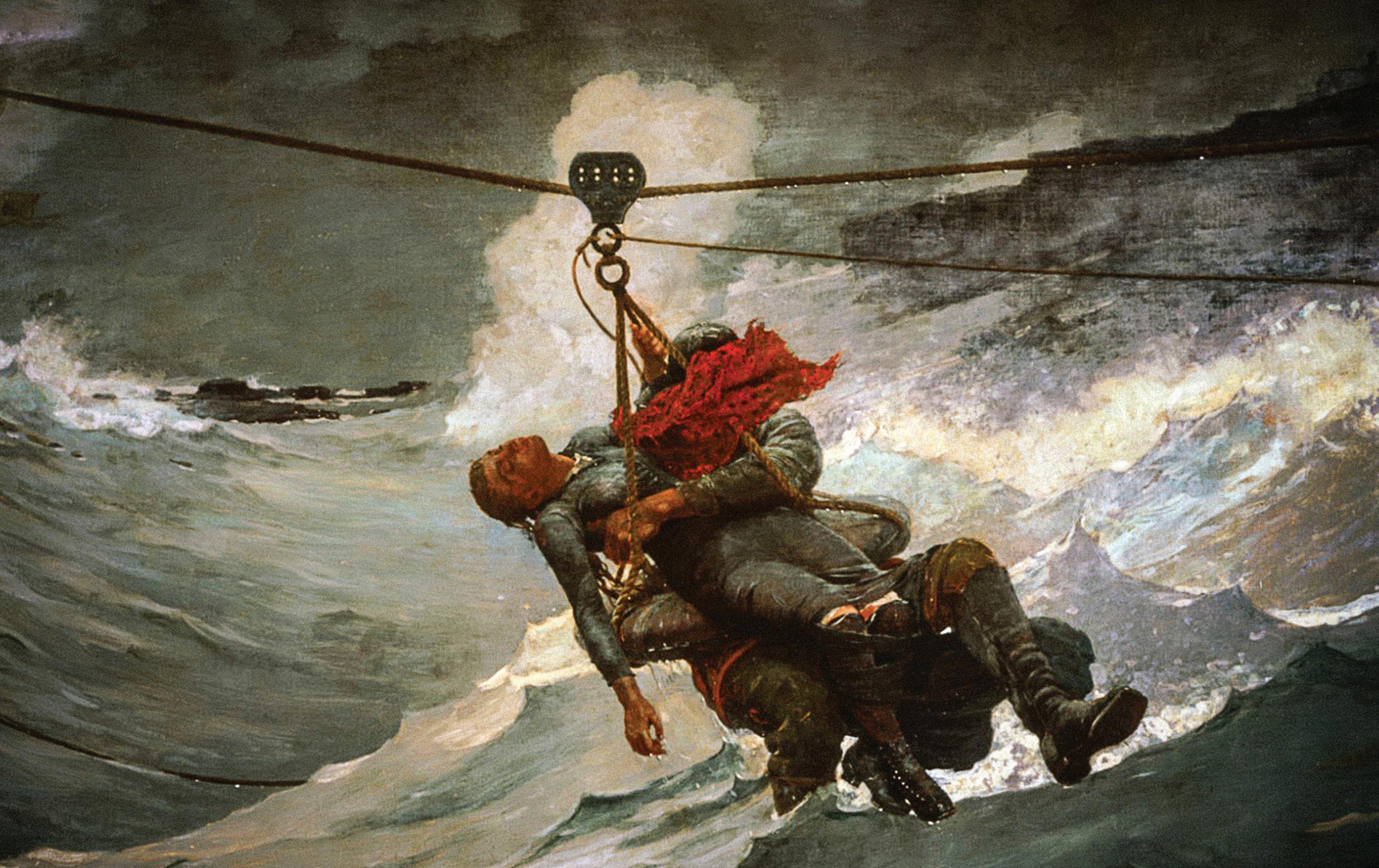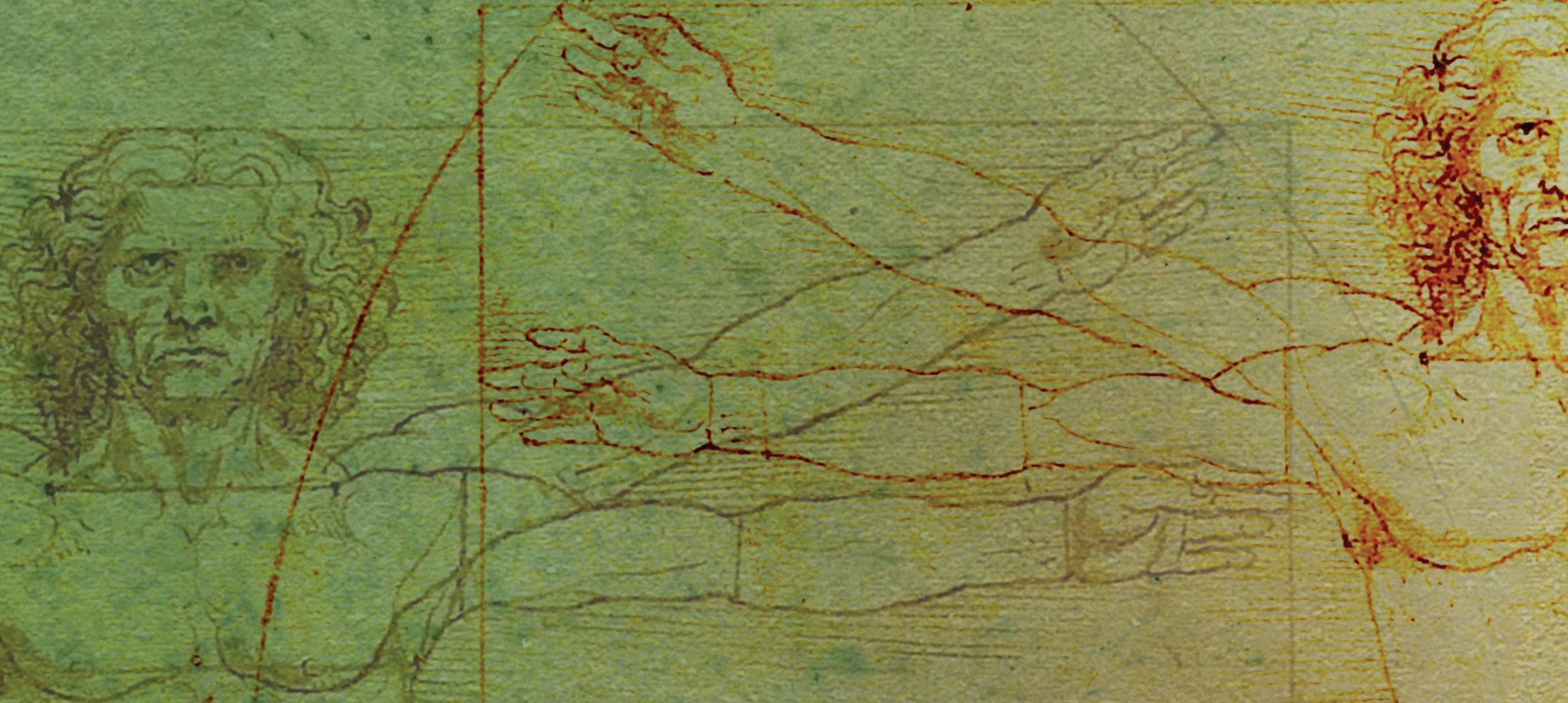
5 minute read
by Dr. Carol Reynolds
Nature & the Birth of the New by Dr. Carol Reynolds
Few aspects of life inspire artists more than nature. Whether in painting, poetry, music, theater, or dance, creative artists across the centuries have depicted and reflected upon the physical phenomena of our world. Both the grandest subjects (mountains, planets) and those most intimate and fragile (gossamer dragonfly wings) are defining elements in the arts throughout our Western heritage.
When artists depict nature, they generally respond to or incorporate the prevailing aesthetic styles of their day. Up through the eighteenth century Western artists strove to capture nature realistically, using what we might call a "photographic approach." Their main limitations tended to be technical: How well could their materials (pigments, notes, words, movements) and concepts portray natural phenomena?
Dr. Carol Reynolds is a speaker and educator, and the widely acclaimed author of Discovering Music and other programs. She regularly leads arts tours throughout Europe and the Mediterranean, recently in partnership with the Smithsonian Institute.
By the dawn of the nineteenth century, artists were moving away from realism, flirting with emotionallycharged depictions of nature's power, and extracting psychological meanings from nature. Today, we call this trend Romanticism, and recognize it as a reaction to the Enlightenment and a factor in the cataclysmic move towards a secularized society.
With the birth of photography, film, and sound recording, the artist's job shifted from capturing outward reality to a focus on inner realities. Resulting works conveyed startling visions of the natural world. The outburst of new styles jarred audiences (e.g., surrealism, modern choreography, atonality).
Throughout all this, subjects from nature never lost favor with artists. Consequently, we can look across the spectrum of our Western heritage and see how depictions of nature reflect what we might call the "march of aesthetics."
For the sake of this essay, let us consider two examples—the first a painting, and the second a
symphony. Both were created by German artists trained in the techniques of eighteenth-century Classicism, who came into fame right after 1800. Both artists were drawn to the new ideals of Romanticism.
Our painter, Caspar David Friedrich, made his reputation by exploring the spooky, often transcendental ideas of Gothic Romanticism; our composer, Ludwig van Beethoven, grappled with the monumental forces of symphonic form, orchestral color, and the newly dominant keyboard we call the piano. In each man's spiritual life, nature played a central role.
Caspar David Friedrich, 1774-1840
Born on the Baltic Sea to a large German family, Friedrich is known as "the moon painter." He explored popular societal questions, including the effect of nature on the human psyche. Friedrich's paintings also reflect the buzz surrounding new scientific inventions of his time which allowed scientists to map the moon and decipher celestial phenomena.
Responding to these "fashions of the time" and, likely, to family tragedies that affected his childhood, Friedrich depicted Christian symbols as crumbling remnants juxtaposed against the vitality of nature. For example, he would wrap vestiges of an old church tower within winter vines on the verge of blossoming with life.
Viewers today are hard-pressed to imagine Friedrich's paintings as radical or unnerving. After all, we have been to the moon! How could we moderns find the depiction of a lone man gazing across an ocean of fog to be provocative?
Yet it was. In 1818 Friedrich's Wanderer Above the Sea of Fog screamed "new" and "radical." First, the man is painted from the back. Try to imagine any portrait from a previous era captured with this perspective. Everything expected from a painting of a human being is negated by Friedrich's presentation of a figure who has scaled dangerous rocks to take his vantage point.
And what has captured the subject's attention? A powerful yet sublime sky billowing with fog. Perched on his promontory, the dark figure becomes an element of nature—an extension of the rock itself. He beckons us to stand with him and immerse ourselves in a soft visage of nature while simultaneously proclaiming the world below to be masked, dangerous, and unknowable.
The very title of the painting bespeaks the Romantic era's favorite pastime: wandering. Wanderers, or wayfarers, became the archetype of Romantic seekers who traveled, not to reach a destination, but to be engulfed in nature's phenomena.
To enter more fully into Friedrich's paintings, then, we must try to wind our minds back in time and view his works with historical eyes. As we do this, we see how the artist framed his ideas against works of previous eras when such provocative imagery had not yet appeared.
Ludwig van Beethoven, 1770-1827
Along the same lines, how could the elemental sound of a flute, or the "twitters" of a violin be so radical as to transport an unsuspecting listener into a new world of sound? Were Beethoven's musical depictions of nature in his Pastoral Symphony in 1808 really so new?
The answer is a resounding "yes," with a bit of "no" kept in reserve. While composers before Beethoven incorporated references to nature, music before his time was rooted in objective, theoretical forms that followed preset conventions. Innovations and delights were to be found, of course, but composers had not pushed conventions to the point where narrative content overflowed the formal structures to become something new.
Yet this is the impetus behind many of Beethoven's compositions: the desire to stretch, even obliterate, formal conventions by injecting new harmonies, rhythms, and melodic styles to the point of discomfort for his listeners.
In the Pastoral Symphony, we hear what Beethoven labeled "an expression of feelings" attesting to his love affair with nature. An inveterate walker, Beethoven spent hours hiking through forests and meadows around Vienna. In a letter in 1810 he wrote,
How delighted I will be to ramble for a while through the bushes, woods, under trees, through grass, and around rocks. No one can love the country as much as I do. For surely woods, trees, and rocks produce the echo that man desires to hear.
The pastoral ideal framing Beethoven's Pastoral Symphony happens to be one of music's oldest programmatic elements. We recognize the pastoral when we hear gentle, swaying rhythms, simple harmonies sometimes undergirded by drones (sustained notes), and the use of flutes or reeded pipes to evoke shepherds whiling away time with music.
Beethoven paints his beloved Austrian meadows with melodic calls of the nightingale and cuckoo. The brook babbles with charm until suddenly overshadowed by a thunderstorm. The final movement portrays—to use Beethoven's descriptive title—the "Shepherd's Cheerful and Grateful Feelings After the Storm."
Looking at both of these works, we find two contrasting, yet complementary snapshots of nature. Themes from nature would continue to inspire visual artists, even within the most radical changes in style. After Beethoven, composers increasingly wooed their audiences with bolder imagery in sound, propelling music into new forms that ultimately led to the film scores of our day.









